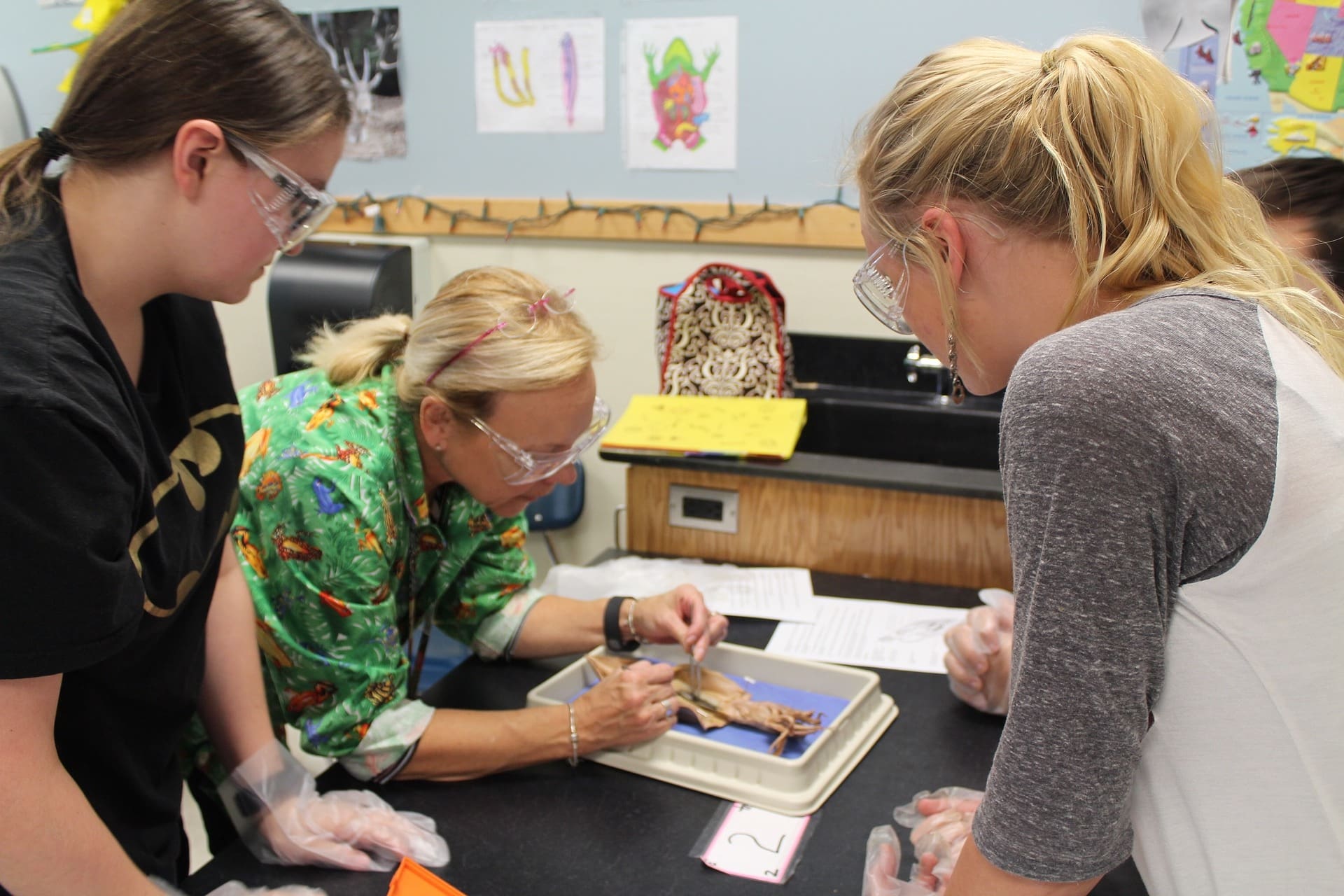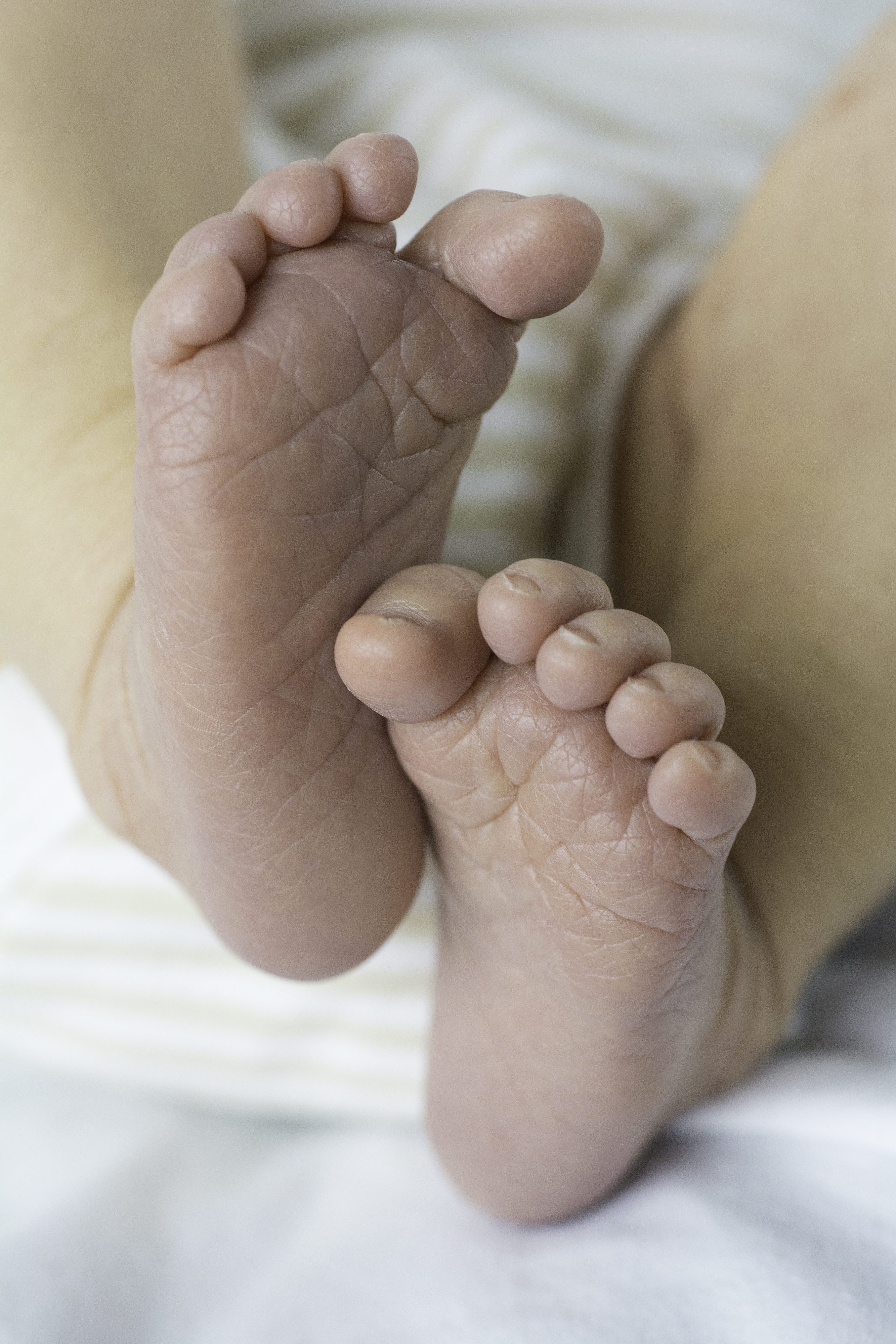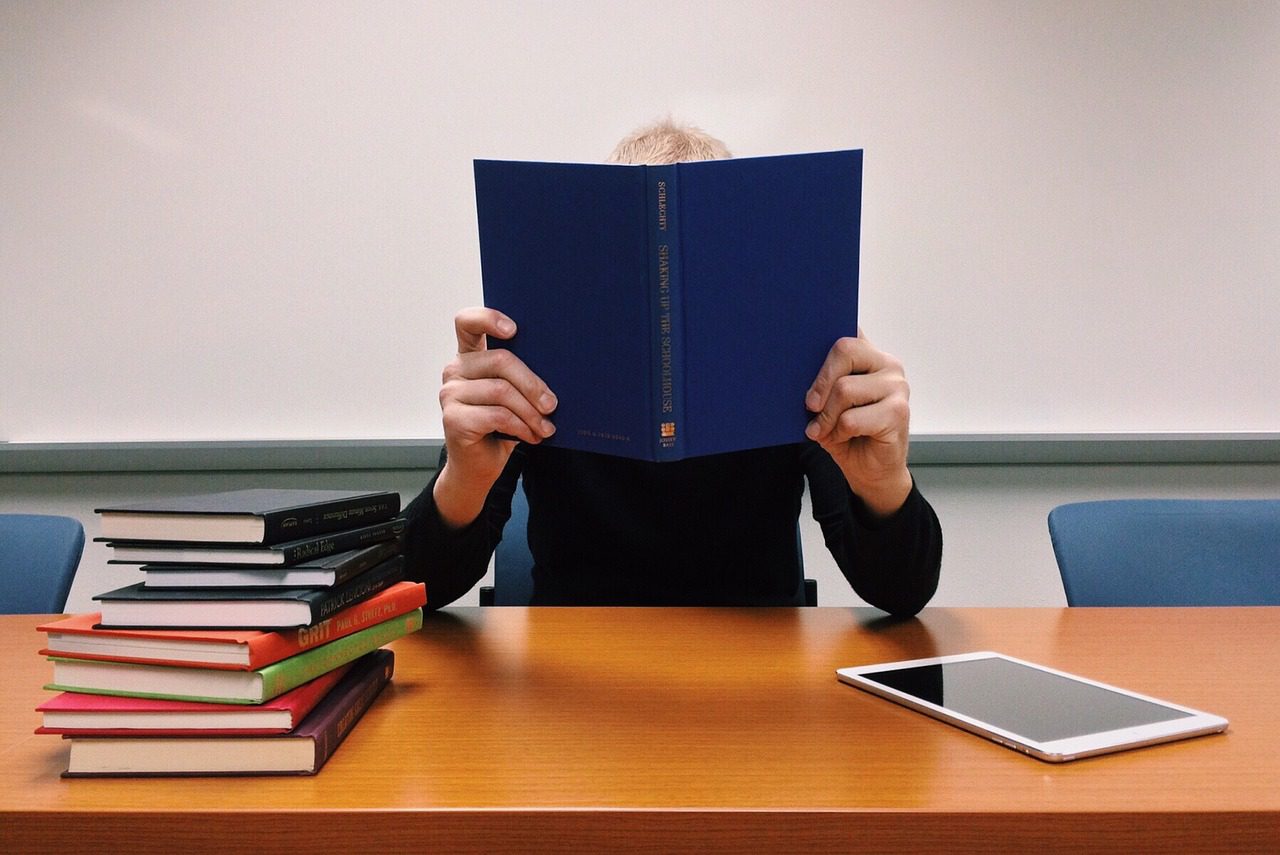For nearly two decades now, teenagers in Finland have shined on a standardized international exam called the PISA (the Programme for International Student Assessment). This Nordic country took the globe, including its own people, by surprise when the first PISA results were published in December 2001: Finnish 15-year-olds achieved the highest scores.
This result seemed odd. The Finnish school system yielded impressive results while employing a lighter, softer model of educating children, which included several counter-intuitive features:
- short school days
- frequent breaks
- minimal standardized testing
- little homework
- a balanced curriculum, emphasizing the arts, sciences, and practical skills
What makes the PISA unique among other standardized tests is that it measures critical-thinking abilities in reading, math, and science. Education experts say the results of this exam are predictive, suggesting which countries are effectively prepare their youth for 21st century work and citizenship.
Earlier this year, I visited Marjo Löytty, a science teacher at a middle school in Kuopio, Finland. I was especially curious to see how her ninth-graders were developing their critical-thinking skills in her biology classroom.
What I found during her 45-minute lesson was affirming and refreshing: Kids benefit greatly from hands-on, real-world learning. This pedagogical approach is so powerful that, every year, Marjo’s students promise that they will stop smoking. Their study of the respiratory system transforms them.
See Marjo’s biology classroom in action and watch the Taught by Finland vlog’s episode 4 below or HERE! Please leave a comment on YouTube and, if you’d like to catch more Finnish education videos, leave a thumbs-up and subscribe to the channel!
***
Timothy D. Walker is an American teacher living in Finland and the author of the book Teach Like Finland: 33 Simple Strategies for Joyful Classrooms. He is a contributing writer on education issues for The Atlantic.




2 Comments
I taught all of my science classes this way. I had the luxury of teaching in small rural schools where I had access to materials like this from the local butchers. We studied rivers, fossil beds, and soil on site. I firmly believe that unless the student can connect the material to be learned to their own place and experience, they will not remember most of the content beyond the next quiz.
Terrific!